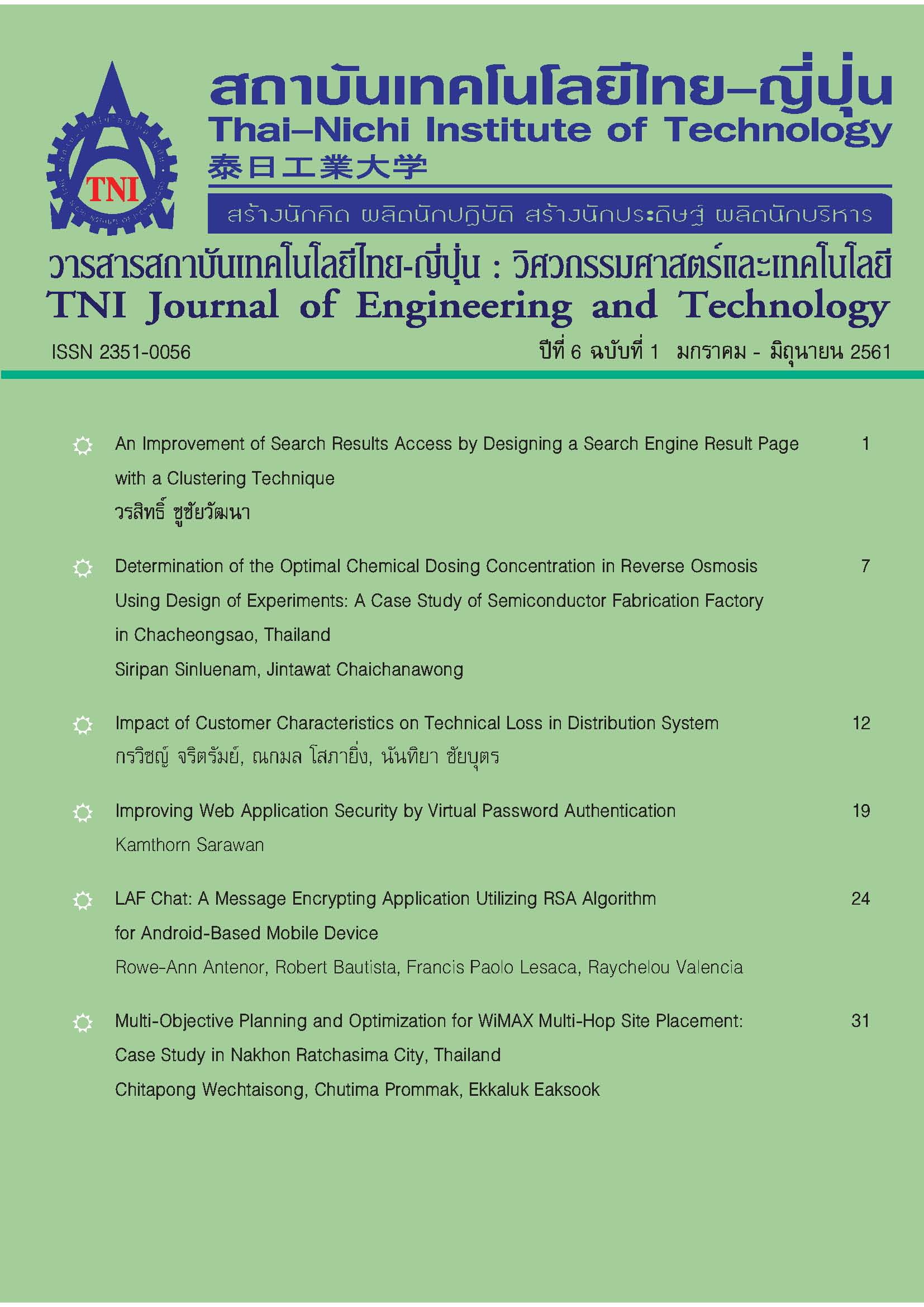Performance Evaluation of Location-Based Advertising using Web Application Performance Testing (WAPT)
Main Article Content
Abstract
Marketers around the globe are certain of locationbased advertising which is the most exciting mobile marketing for 2016, according to a recent Internet Advertising Bureau (IAB) UK [1] study cited by digital marketing stats round-up. Location-based advertising technology can help the customers understand the classified ads, location–based advertising web forums and customer’s behavior. On the other hand this technology develops a new approach to individual advertisements-oriented websites design and implementation. Moreover the technology can also be beneficial to the classified ads websites niche market research, particularly in order to understand the main competitive characteristics and current market situation. The research outcomes can provide recommendations on how to evaluate and increase the performance or access time of the location-based advertising technology compare to traditional classified ads technology. For the purpose of the performance evaluation, the LoadComplete framework [2] based on Selenium Web-Driver API is employed. Performance metrics are then collected using WAPT simulation [3]. Location-based advertising achieves better results by reducing item-search time to half compare to the legacy ads. It helps to save network bandwidth as well as beneficial to a faster- improving mobile marketing turn-around time.
Article Details
Article Accepting Policy
The editorial board of Thai-Nichi Institute of Technology is pleased to receive articles from lecturers and experts in the fields of engineering and technology written in Thai or English. The academic work submitted for publication must not be published in any other publication before and must not be under consideration of other journal submissions. Therefore, those interested in participating in the dissemination of work and knowledge can submit their article to the editorial board for further submission to the screening committee to consider publishing in the journal. The articles that can be published include solely research articles. Interested persons can prepare their articles by reviewing recommendations for article authors.
Copyright infringement is solely the responsibility of the author(s) of the article. Articles that have been published must be screened and reviewed for quality from qualified experts approved by the editorial board.
The text that appears within each article published in this research journal is a personal opinion of each author, nothing related to Thai-Nichi Institute of Technology, and other faculty members in the institution in any way. Responsibilities and accuracy for the content of each article are owned by each author. If there is any mistake, each author will be responsible for his/her own article(s).
The editorial board reserves the right not to bring any content, views or comments of articles in the Journal of Thai-Nichi Institute of Technology to publish before receiving permission from the authorized author(s) in writing. The published work is the copyright of the Journal of Thai-Nichi Institute of Technology.
References
“Building a sustainable future for digital advertising,” iabuk. [Online]. Available: https://www.iabuk.net. [Accessed: 20-Mar-2016].
“Load Test Your Apps With LoadComplete,” smart bear. [Online]. Available: https://smartbear.com/product/loadcomplete/overview/.[Accessed: 22-May-2017].
“CodePlex Archive,” CodePlex Archive. [Online]. Available: https://archive.codeplex.com/. [Accessed: 10-Jan-2016].
R. Felts, M. Leh, T. A. McElvaney, and D. R. Orr, “Public Safety Communications Research (PSCR) Program Location-Based Services R&D Roadmap,” Technical Note (NIST TN) - NIST TN 1883, May 2015.
G. Ghinita, P. Kalnis, A. Khoshgozaran, C. Shahabi, and K.-L. Tan, “Private Queries in Location Based Services: Anonymizers Are Not Necessary,” in Proceedings of the 2008 ACM SIGMOD International Conference on Management of Data, New York, NY, USA, 2008, pp. 121–132.
“Using Location-Based Services to increase consumer engagement -PDF.” [Online]. Available: https://docplayer.net/10580314-Usinglocation-based-services-to-increase-consumer-engagement.html. [Accessed: 26-Jun-2016].
E. Cho, S. A. Myers, and J. Leskovec, “Friendship and Mobility: User Movement in Location-based Social Networks,” in Proceedings of the 17th ACM SIGKDD International Conference on Knowledge Discovery and Data Mining, New York, NY, USA, 2011, pp. 1082–1090.
“Telegraph Connect,” The telegraph. [Online]. Available: https://www.telegraph.co.uk/. [Accessed: 12-Mar-2016].
L. Aalto, N. Göthlin, J. Korhonen, and T. Ojala, “Bluetooth and WAP Push Based Location-aware Mobile Advertising System,” in Proceedings of the 2nd International Conference on Mobile Systems, Applications,and Services, New York, NY, USA, 2004, pp. 49–58.
T. H. N. Vu, K. H. Ryu, and N. Park, “A Method for Predicting Future Location of Mobile User for Location-based Services System,” Computers & Industrial Engineering, vol. 57, no. 1, pp. 91–105, Aug. 2009.
"Plimpa classified ADS,” Plimpa, 2016. [Online]. Available:ttp://plimpa.com/. [Accessed: 12-Mar-2016].


